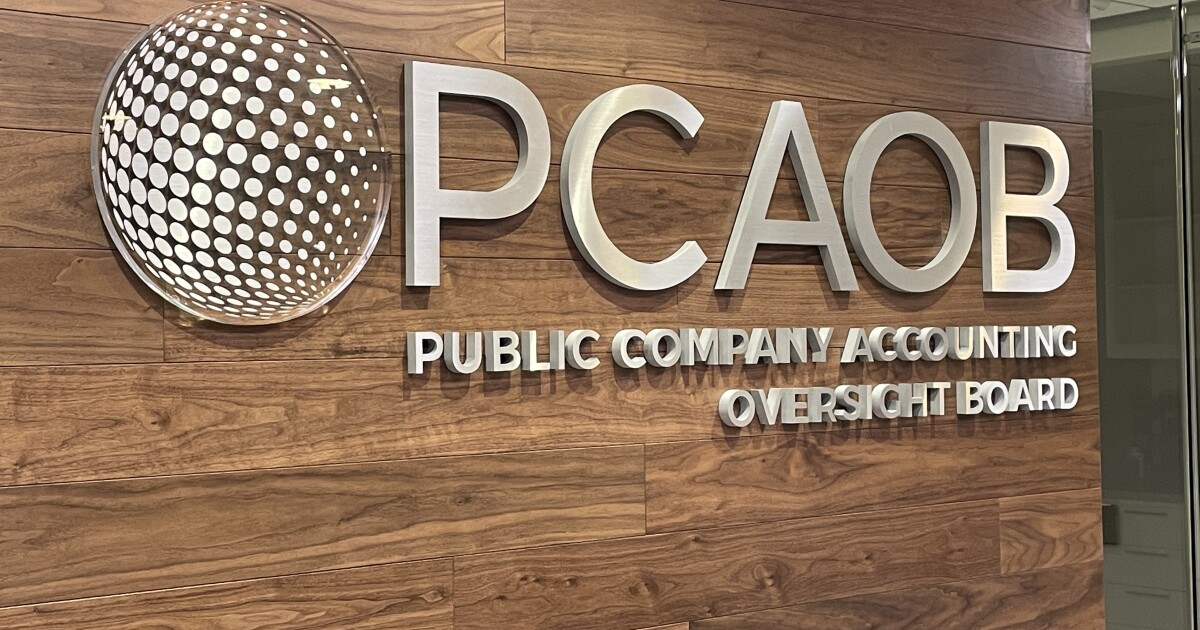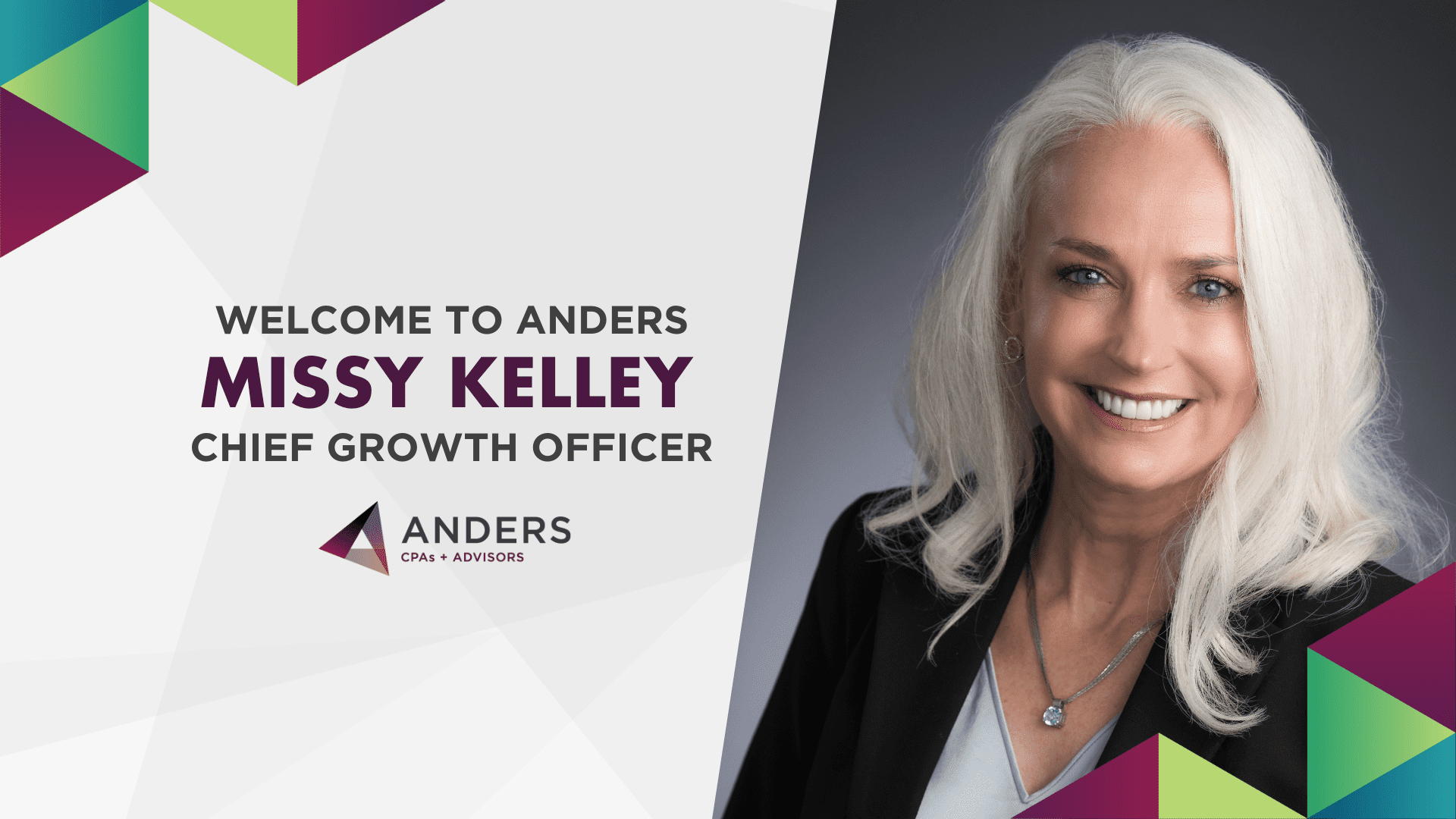This simple question above deserves a simple answer, which will hopefully lead to additional questions and dialogue. The simple answer is … only as fast as knowledge can be retrieved (accessed).
Nick Sonnenberg, author of “Come Up for Air,” states that many organizations fail to realize that complexity scales exponentially with team size. I will explain the complexity with a mathematical formula, and how my answer to this question has changed over the past year. Firms of all sizes should find value, and hopefully cause firm leaders to think differently about growth, than they have historically!
First, let’s explain the complexity issue and how it relates to connections and communications. The accompanying table explains the formula of (n*(n-1)/2) (see “The complexity calculation” on page 36).
I encourage you to use the formula with your firm’s number of full-time equivalents and then ask the question: Would you rather bring more people into a broken system and fix it later (most firms’ systems need updating due to technical debt and inflation) or fix the system and then bring more people into an efficient system? (Technical debt is defined as the cost associated with maintaining and enhancing a system built on short-term decisions that increase complexity and cost in the long term. Technical inflation is also a factor and defined as when current technology surpasses your technology, and you are no longer competitive with their profession or industry.)
Both strategies are utilized in the marketplace. Acquisitions are often justified based on the fact that the acquiring firm has better technology and processes than the acquired firm — but is this true? Many firms are increasing their investment in technology, process improvement, and setting nonnegotiable parameters with clients, which results in improved employee and client experiences.
Same question, new answers
How has my thinking changed? Historically, most firms’ growth strategies have been based upon linear thinking resigned to needing more employees to scale. Additionally, firms have not gotten the increase in capacity they had hoped for from multiple offices, especially in acquired offices. Too often processes and systems differed to the point that there was less than anticipated sharing of resources, specifically talent.
In the past, my typical answer to “How fast can firms grow?” was based on mindsets, skill sets, and toolsets. While this answer is still relevant, the rapid advancement of artificial intelligence and machine learning has deeply influenced my thinking. Peter Diamandis, author, founder of Abundance 360, and co-founder of Singularity University, states there will be two types of organizations in five years: those that learn about and embrace AI and those that go out of business because they resisted AI.
I believe this applies to accounting firms, and the past year has significantly proven this is already happening. Some firms are now focusing on process automation and AI rather than increasing their outsourcing efforts. I believe both resource management strategies are relevant but strongly encourage you not to diminish the importance and immediacy of AI. It is the challenge of our generation of leadership and not something we can leave to the next generation.
Mindsets and change management are continuing issues in our profession. What are mindsets and how have they changed? The primary mindsets that must be changed are:
- From scarcity to abundance;
- From fear to optimism; and,
- From linear to exponential thinking.
Granted, this is not an easy task, but firm leaders have little choice if they wish to remain relevant and future-ready. Gratitude makes you more optimistic, inspired, and healthier. It also attracts resources and clients. Optimism provides hope and a vision for a better future, while an abundance mindset allows technology to be a force that converts scarcity into abundance. With an exponential mindset, you will not fear the future but learn to anticipate it with clarity and confidence. Mindset determines with whom and how you spend your time, the decisions you make, resource investments, and what is possible in the future.
The tools (technology) are coming faster than most in our profession can assimilate and implement. The required skill sets are also changing from compliance-based to more advisory and consulting skills. I encourage you to reread the previous paragraph as it is critical to the relevance of our profession and the ability to sustain success.
Another reason my answer has changed over the past year is the availability of capital. This has reduced a couple of linear thinking restrictions (budget restraints linked to short-term financial goals and being risk-intolerant). Wealth management and private equity firms see a bigger future for the accounting profession than many in the profession currently see. Mindset, especially gratitude, helps attract resources and excellent clients. Most smaller firms have too many clients, which restricts them from having the capacity and capability to expand their services to their best (targeted) clients.
A checklist is not adequate to develop your firm’s growth strategy. Your firm’s growth strategy requires visioning and modeling to produce the multiple scenarios that will allow your firm to remain successful and future-ready. The communication of a shared firm vision attracts talent and better, more profitable clients. It will also assist in getting the right people in the right seats on the jet. The bus can no longer keep pace with the transformation.
Leadership, processes, talent and technology are the fuel for growth. Mindset is the differentiator while leadership is imperative to change management. Value creation comes from leadership, relationships and creativity.
Think — plan — grow!



